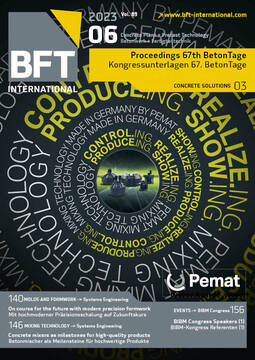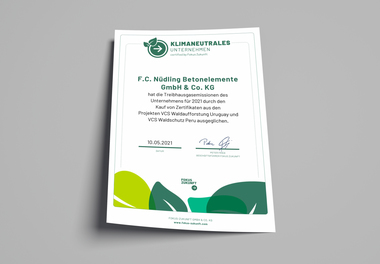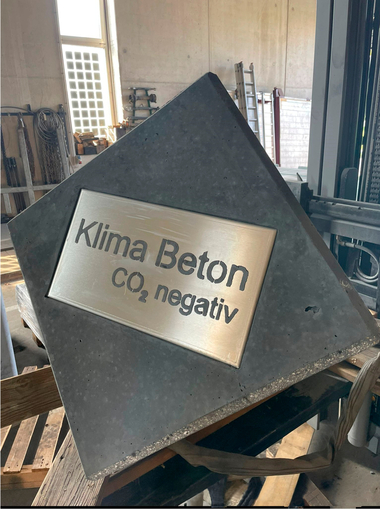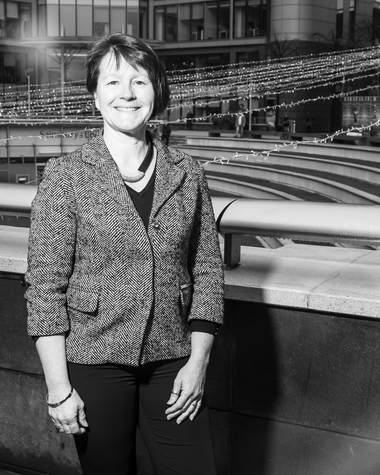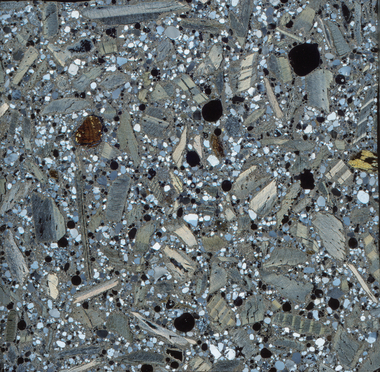The path to climate-neutral precast concrete elements
The construction industry generates 38 % of global carbon emissions, and therefore has a special responsibility to act. It is for this reason that Bürkle Betonfertigteile GmbH & Co. KG was interested in participating in the “Climate-neutral precast concrete elements” project initiated by FBF. The objective was to determine carbon emissions and to present saving potentials. Emissions are generated by the activities of a company, the production process and the lifecycle of its products. The product footprint includes the emissions generated by the production process.
There are different scopes of assessment:
Cradle-to-gate: emissions from raw material production
to delivery
Cradle-to-grave: includes the useful life
Cradle-to-cradle: includes disposal and recycling options
The total amount, which is divided into three scopes, is determined based on calculations.
Scope 1 includes emissions that are generated directly on site, such as fuel consumption. Scope 2 includes emissions that are generated indirectly through energy consumption, such as electricity. Emissions generated in the value chain are covered in Scope 3. These account for 90 % of the total amount, of which concrete and steel in turn account for 97 %.
This large proportion raises the question of the extent to which producers are able to influence carbon emissions at all in the production process. Although potential savings were identified, these have a direct impact only on the 10 % covered by Scope 1 and Scope 2.
Certification of the product as carbon-neutral requires annual verifications and the purchase of emission certificates, which should, however, be viewed with a critical eye.
Precast producers can only partially reduce carbon emissions through measures such as the use of CEM2/3 cements. It is therefore
vital for both the cement and steel industries to make their own contributions.


